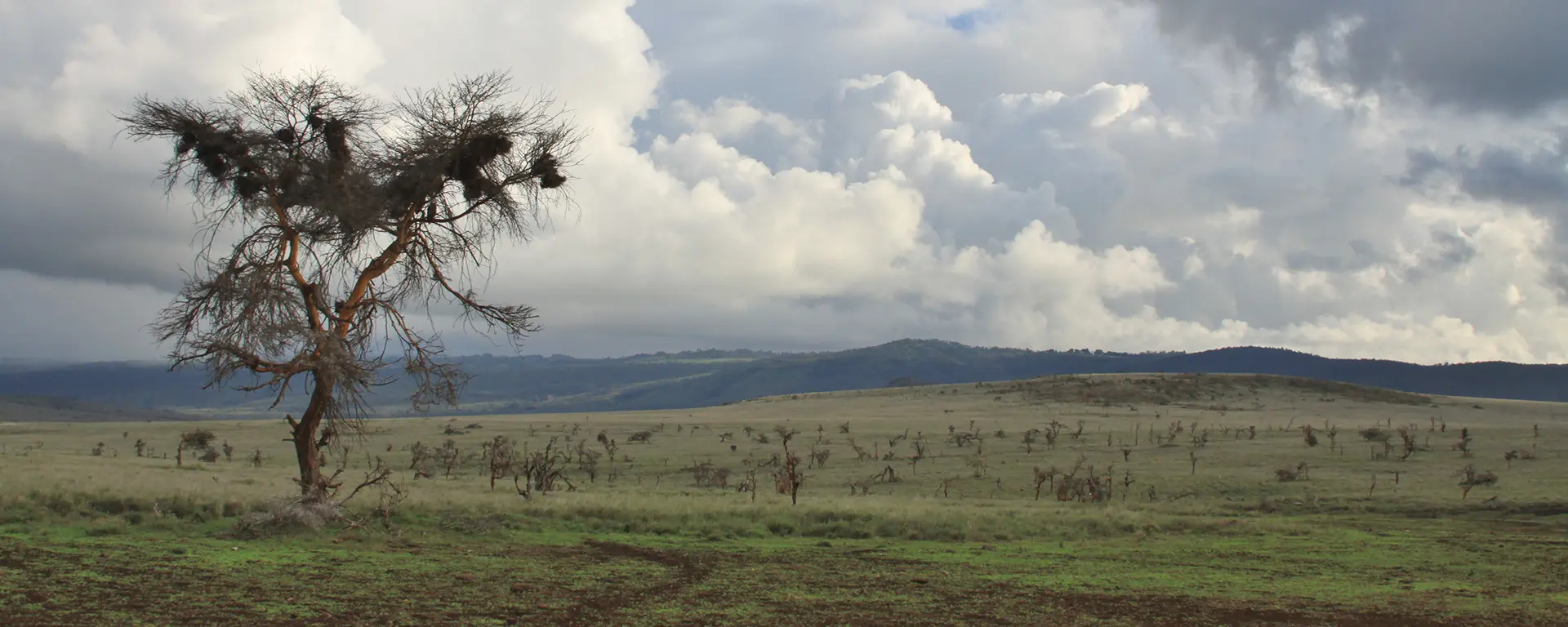Language
- English
- Español
Currency
- AUD Australian Dollar
- CAD Canadian Dollar
- EUR Euro
- GBP Pound Sterling
- USD US Dollar
- ZAR Rand

Laikipia and Lewa may not have the same household name recognition as the Masai Mara or Amboseli but they are as rewarding for seasoned safari goers who are looking for something a little off the beaten track that doesn't stint on wildlife or comfortable accommodation.
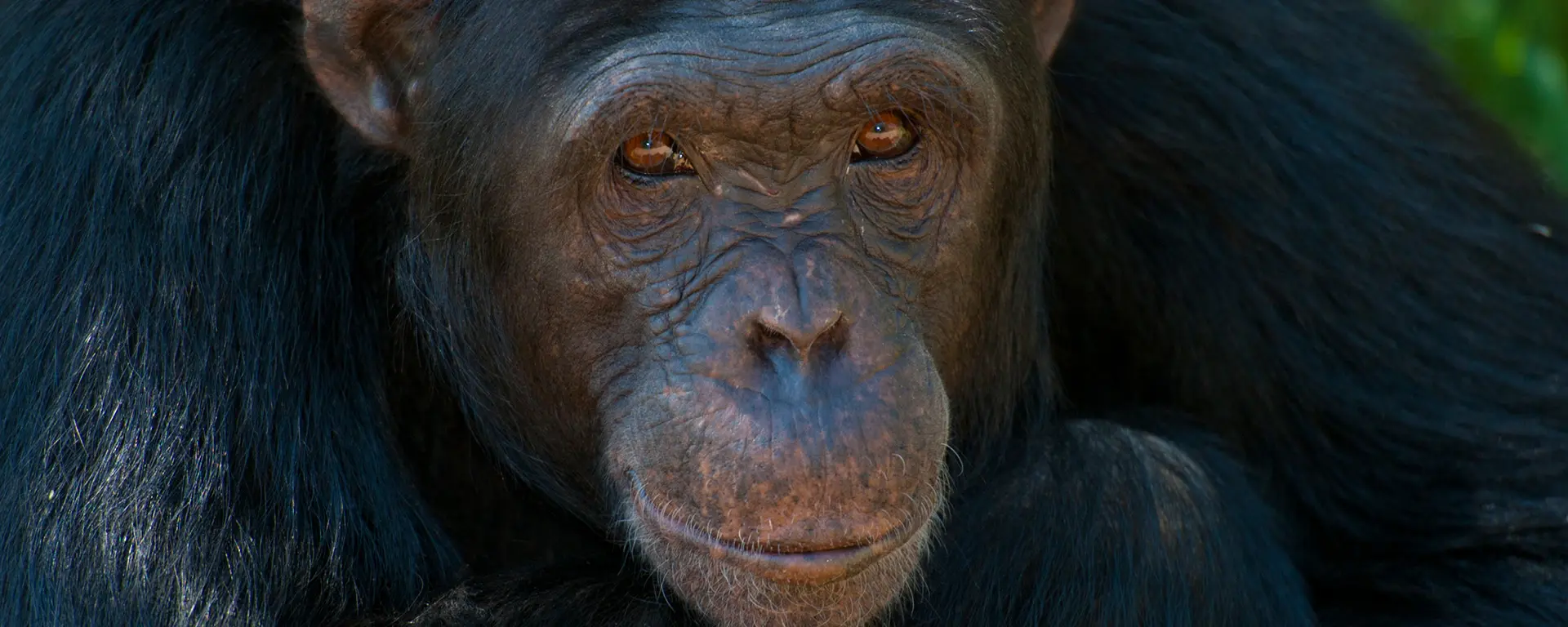
Named after the Ilaikipiak tribe, the area’s safari ethos can be boiled down to, ‘Low visitor numbers, limited accommodation and a more exclusive experience’. Traveller numbers are carefully controlled and the survival of species like rhino, wild dog and Grevy’s zebra is paramount – huge amounts of money and security are poured into their safekeeping. This is truly a place where you can feel your safari dollar goes straight back to the wildlife.
Add in unusual activities like scaling Mount Kenya, camel trekking, visits to chimpanzee sanctuaries and flips in a vintage open cockpit biplane, and Laikipia and Lewa are made for adventurous travellers.
Once home to massive livestock ranches, Laikipia and the Lewa Wildlife Conservancy are now Kenya’s premier places to see northern white rhinos and black rhinos, thanks in part to those same ranchers converting much of their land into successful conservation projects. Although the Mara and Amboseli are more well known, if you want sensational rhino sightings, you can’t beat Laikipia and Lewa. This is also a great place to learn more about chimpanzees, which find refuge and shelter at the Sweetwaters Sanctuary in Ol Pejeta.
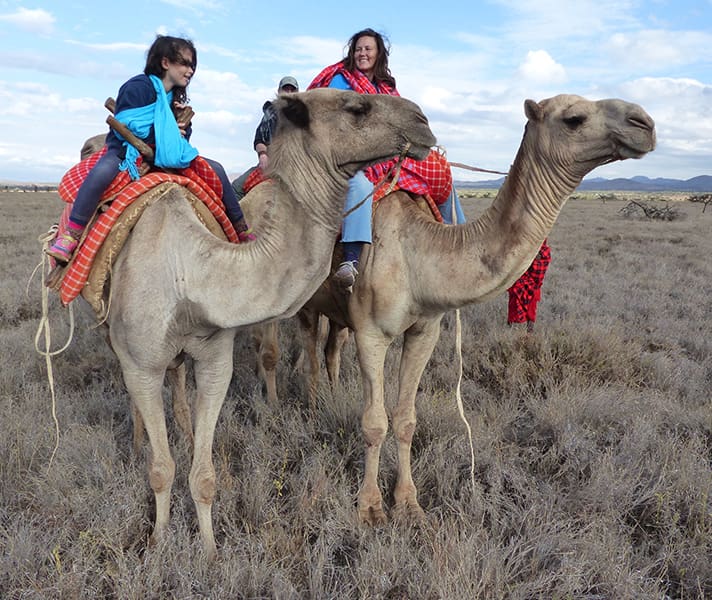
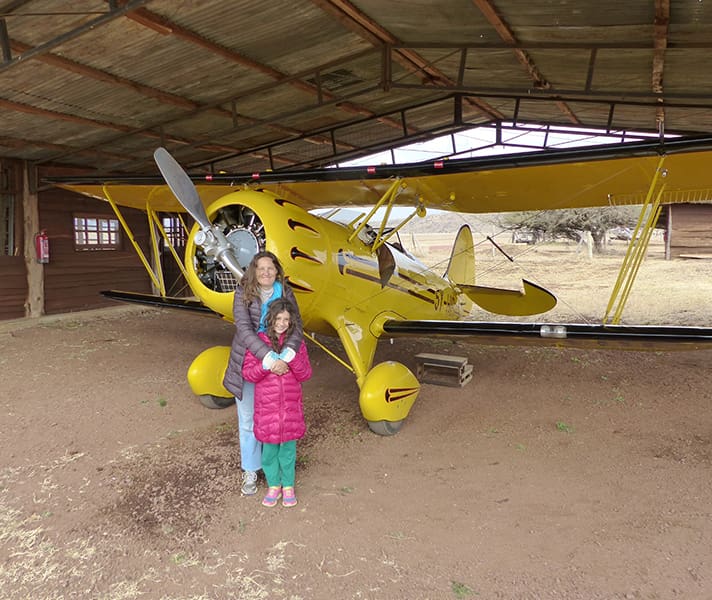
The south of Kenya near the border with Tanzania – where the Mara lies – is generally open savannah. Laikipia is centrally placed within the country and is thus arider and hillier, with mostly scrub vegetation. Many of the lodges are perched on the ridge of the Laikipia Plateau, affording you sensational and completely unfettered views over the scrubby plains below. Their decks are great places to settle down with a cup of Kenyan coffee to watch the sunrise and animals emerge to drink at first light.
This is also perfect wild dog territory (thankfully also pulled back from the brink of extinction, Africa now has several places with regular and gripping wild dog sightings) but a wide range of other species thrive here, too.
The rocky outcrops are home to shy klipspringer antelope, which mate for life and reputedly perish from grief if their mate dies. Sociable and feisty rock hyrax sun themselves on boulders, watching the antics of olive baboons and Sykes’ monkeys. Water is not as plentiful here as in wetter places like Amboseli, which is fed by the springs that run down from the melting glacier on Mount Kilimanjaro. This aridness means that game doesn’t venture too far from the limited water sources.
The Lewa Wildlife Conservancy region of Laikipia is slightly different: there are more hills (Mount Kenya is nearby), less scrub, more grazing and occasional ‘swamps’ peppered with ‘fever trees’ or acacias. Lewa runs a very successful conservation project for rhinos and Prince William is a regular low-key visitor, apparently mucking in with rangers and spending the whole day out on safari in this remarkable area.
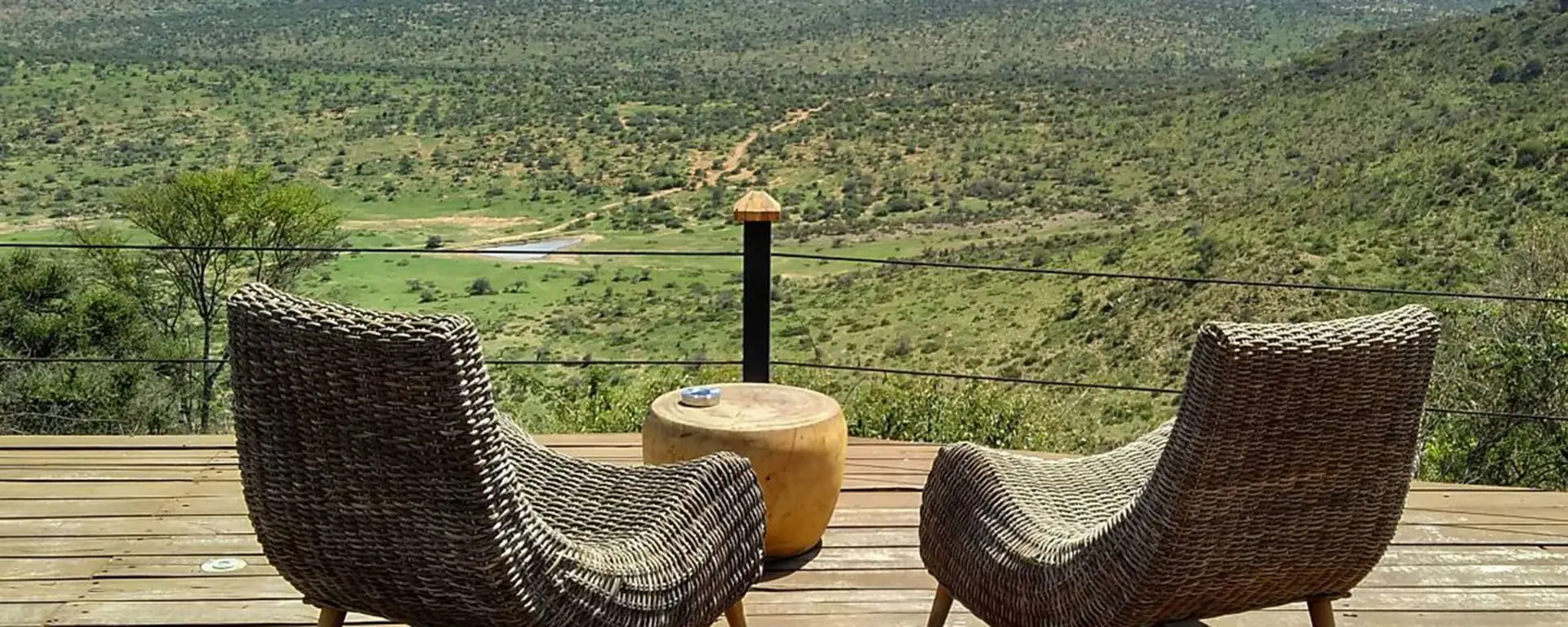
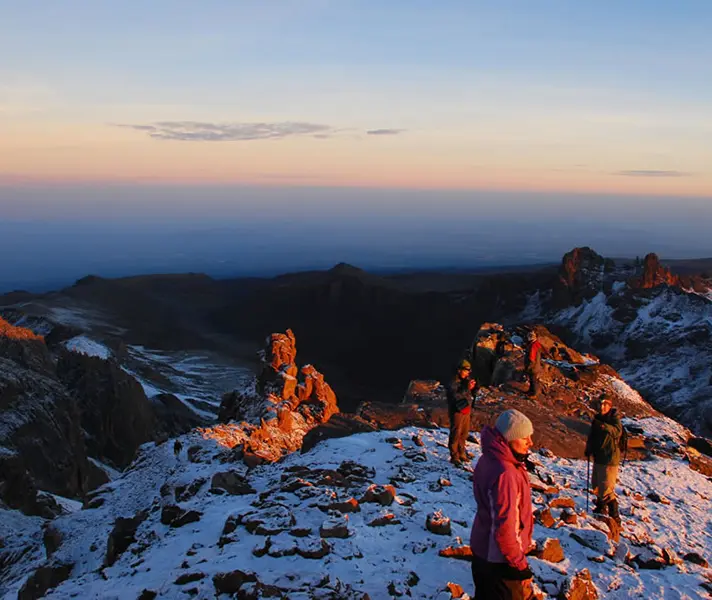
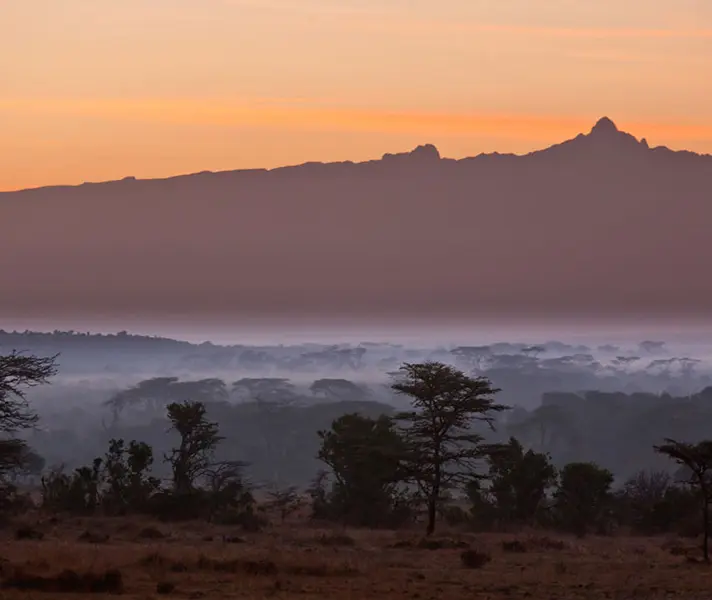
Do not be alarmed if you wake up from a snooze during a long road transfer and see… camels. Traditionally used for carrying loads long distances and prized for not needing to drink for long periods in an arid place where water isn’t always easy to find, today camels are kept for their meat and milk. They are mostly tame and saunter along the side of the road, nibbling leaves here and there.
Some lodges have habituated camels that can be ridden – camelback safaris allow you to ditch the 4×4 and approach game in completely unique way. The animals are not wary of the camels and their familiar smell means you can sometimes approach game quite closely.
Camels aren’t the only ‘oddballs’ around here: keep your eyes peeled for Grevy’s zebra – they are beautiful. They differ from their cousins on the plains and in the mountains by having thinner brown stripes instead of black, white muzzles and white underbellies (their stripes don’t ‘meet’ on their tummies). Nearly hunted and traded into extinction, Grevy’s are still on the endangered list and it’s a privilege to spot them.
Over the course of two days, we also spotted vulterine guinea fowl (they have incredible turquoise head feathers), Verreaux’s eagle-owl (they have characteristic pink eyelids that are clearly visible when they are resting), vultures, Jackson’s hartebeest, a pack of jackals, a pack of wild dogs quizzically checking out a completely nonplussed bull, and some of the biggest and most beautiful rhino ever.
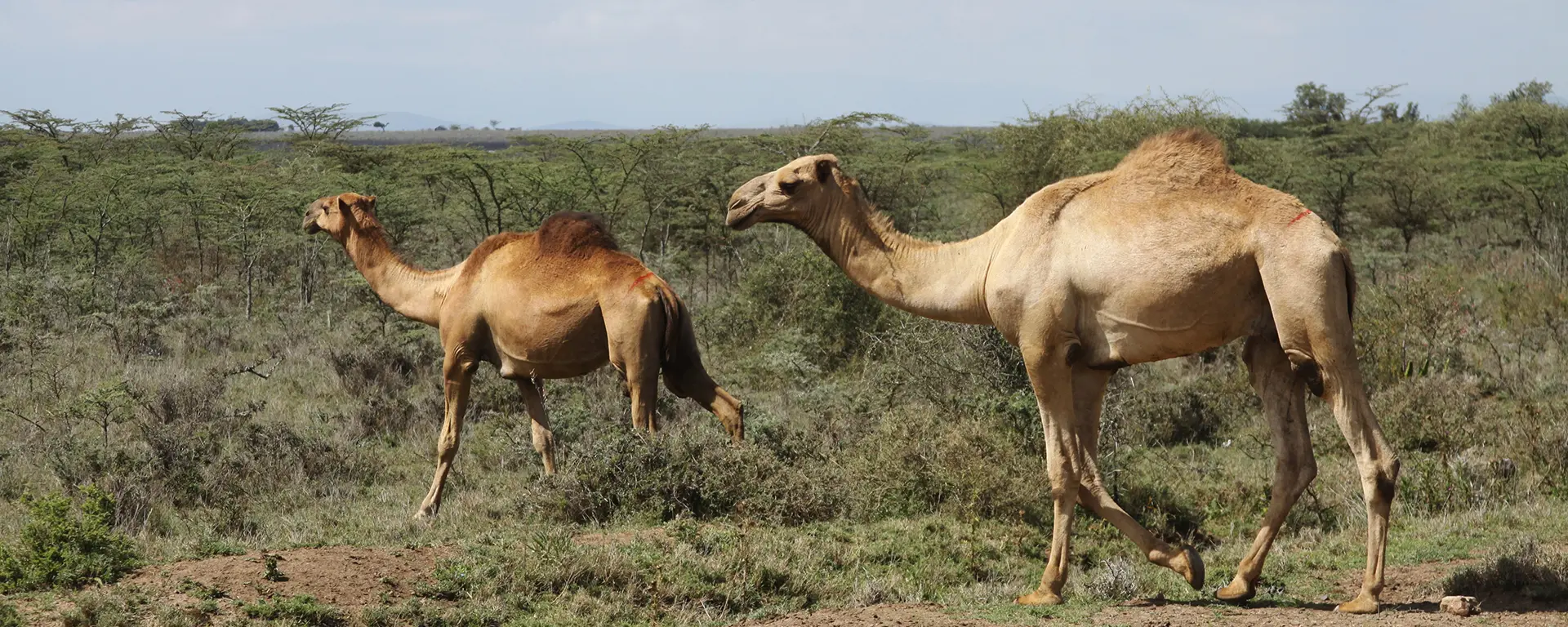
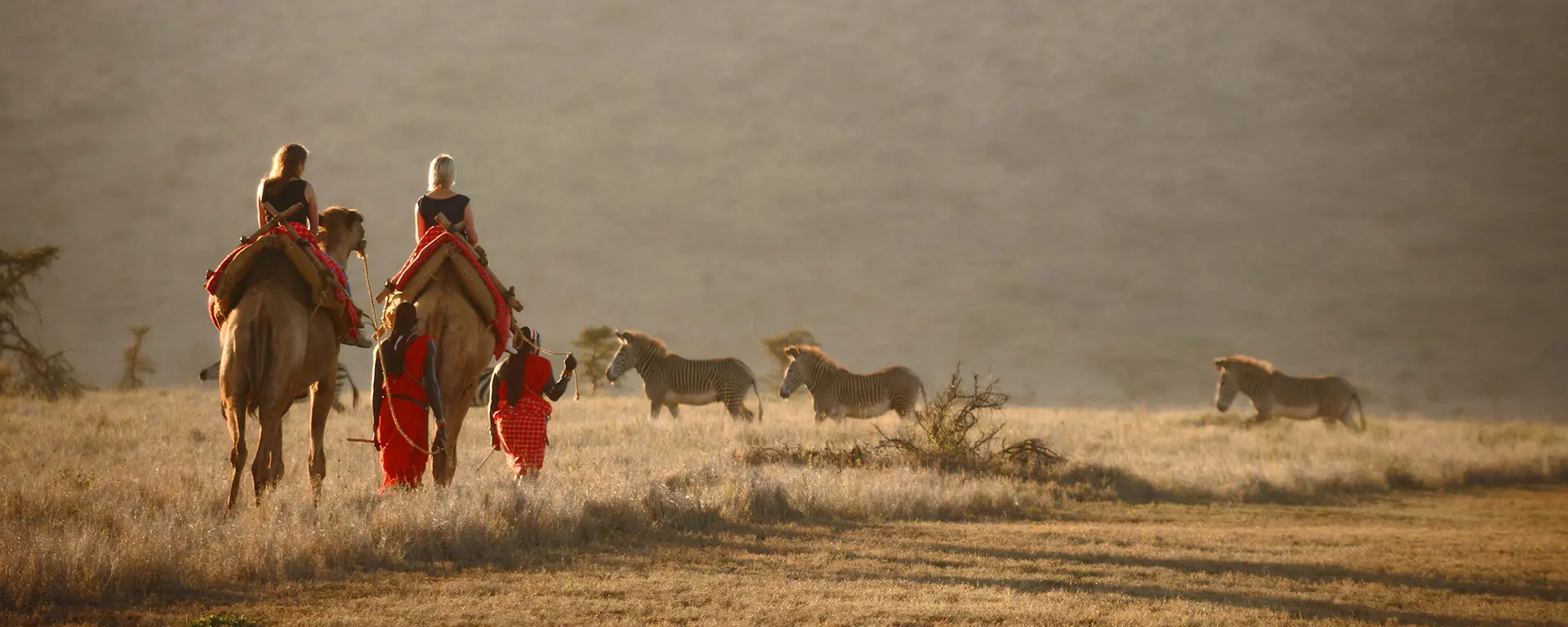
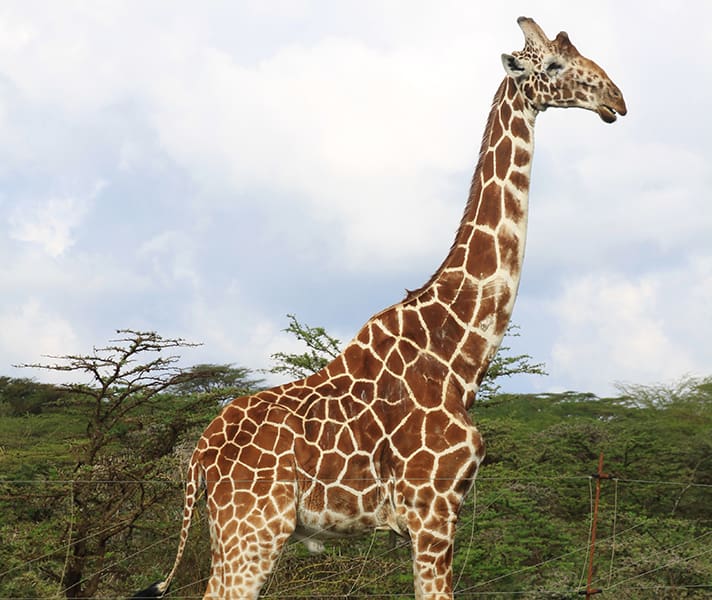
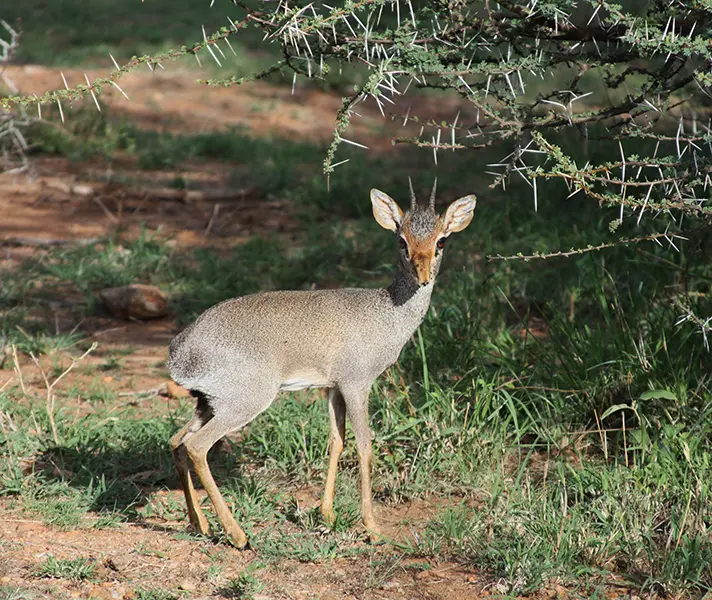
We visited during Kenya’s short rains season in November, meaning sunny days and balmy nights bisected by regular late afternoon showers. At Loisaba, this was perfect weather to enjoy the stupendous swimming pool, which must have one of the best views in all of East Africa.
A short drive from Loisaba’s main lodge is the starbeds – four-posters set on wheels that are rolled out onto your room’s deck so that you can sleep under the stars in complete comfort and safety.
Loisaba’s starbeds have a trail down to the river – accompanied by a guide and an armed ranger, you can go and see a pod of chortling hippos, follow the birdsong and see exquisite prickly pear flowers (ironically, the prickly pear cacti are actually an alien invader species and efforts are underway to eradicate it. The fruits are squeezed into a delicious ruby-coloured juice so every glass you drink is another glass closer to weeding out the aliens!)
At Lewa Safari Camp, the emphasis is on good, old-fashioned, no-fuss safari. Italian-inspired meals are served on the stone veranda and the pool is a welcoming spot on a hot afternoon.
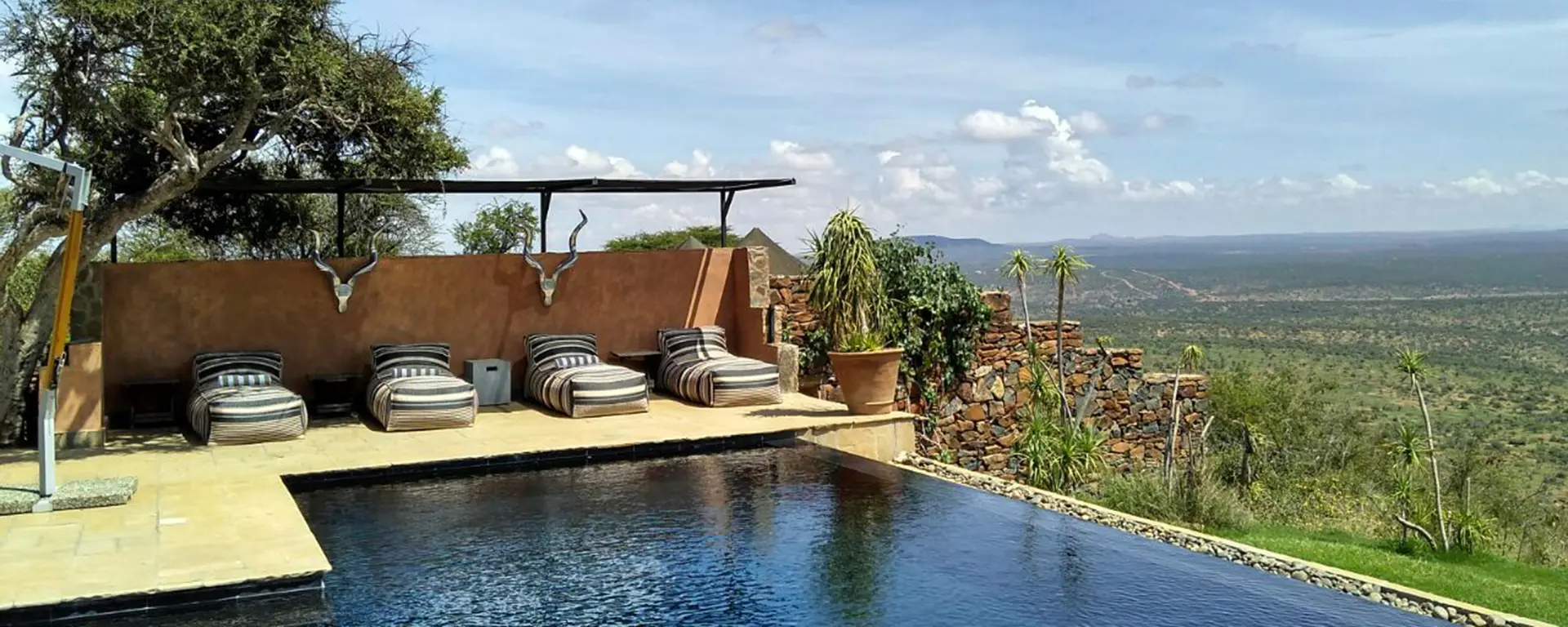
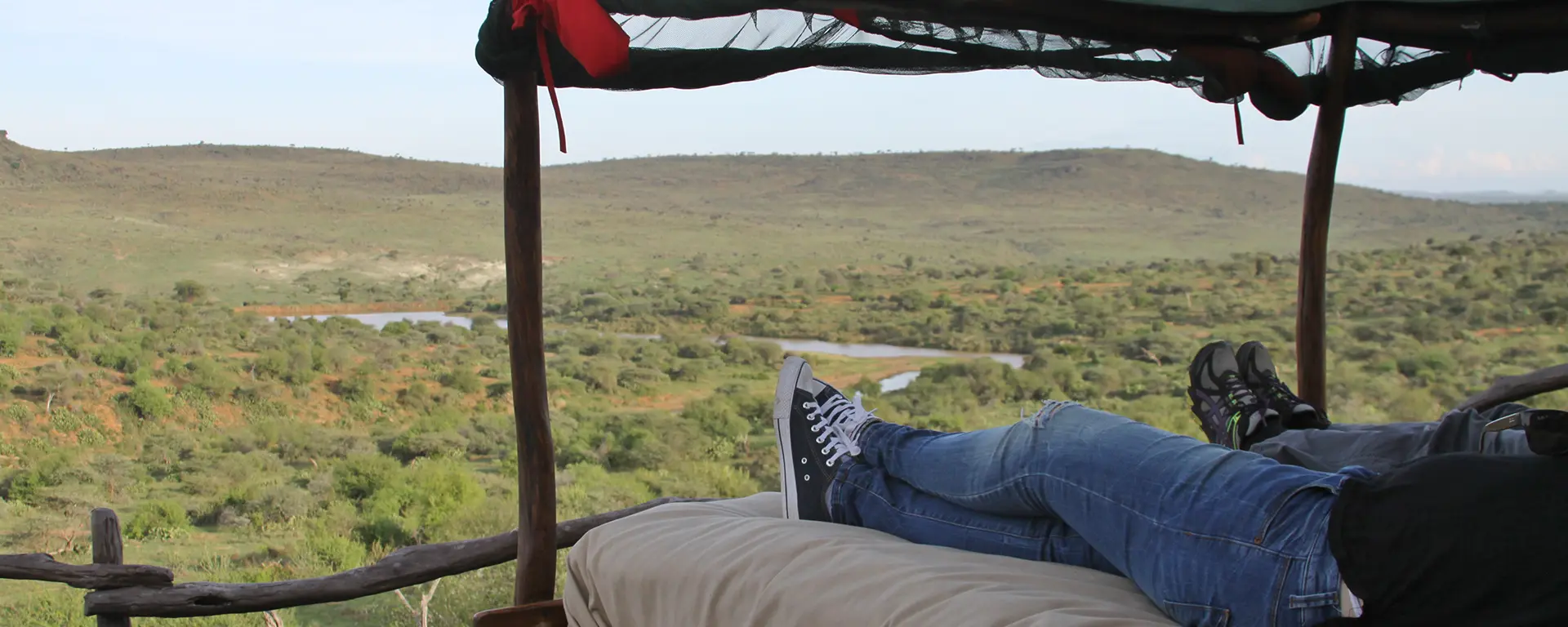
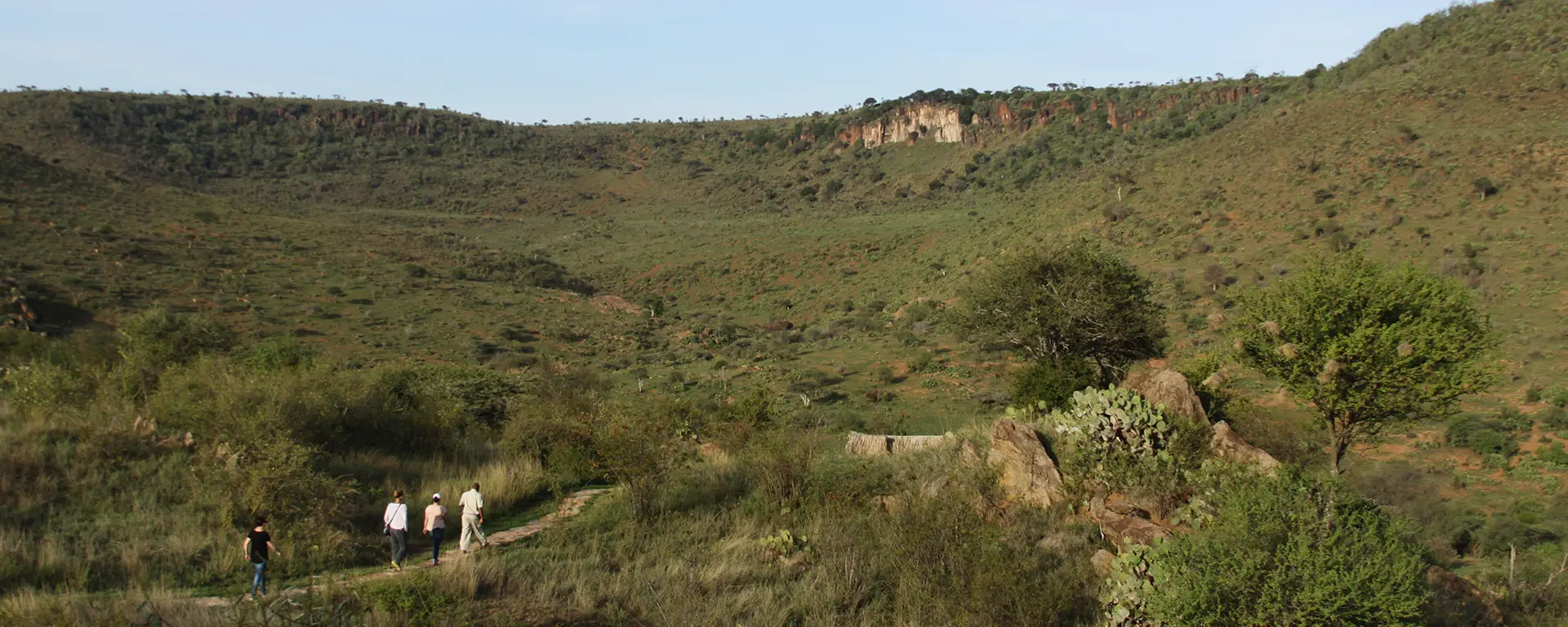
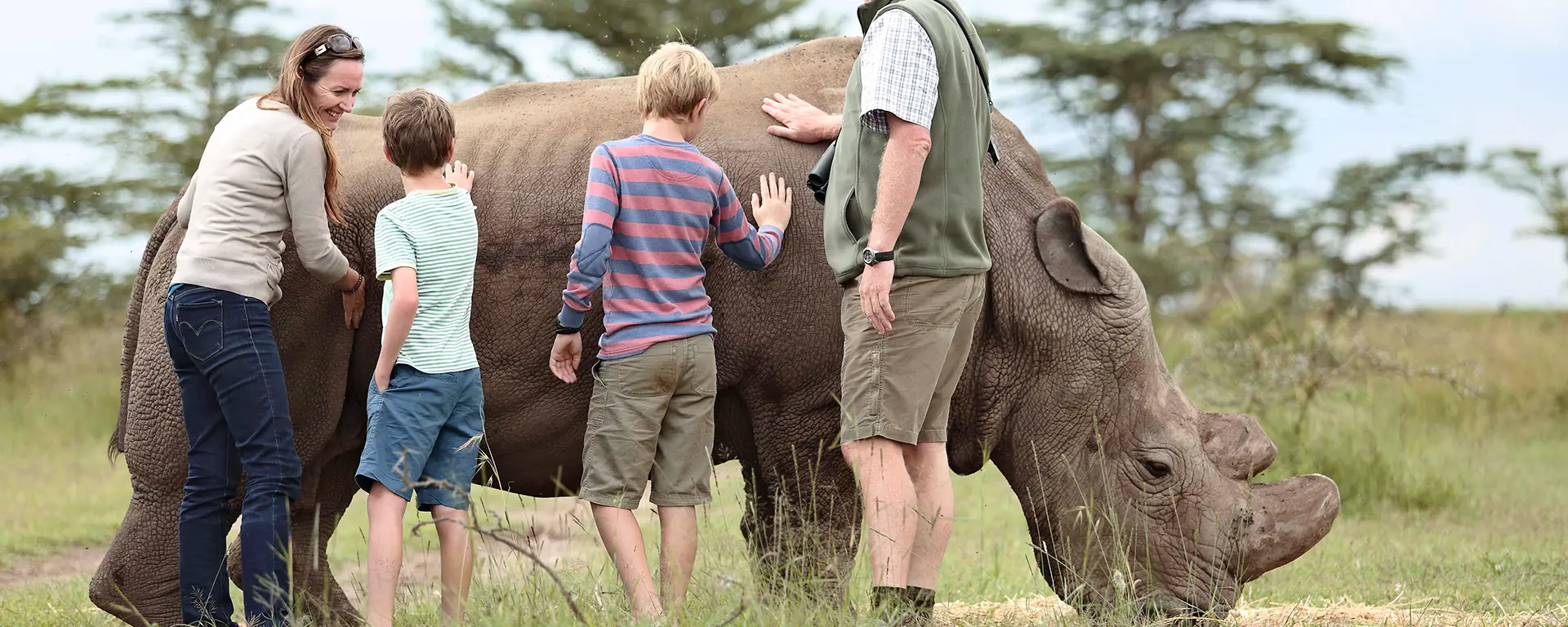
Laikipia has been in the news. A combination of semi-regular drought and political opportunism has seen traditional herders – whose livestock need water and feed as much as wild animals do – want to encroach on conservation land. There have been incidents but the Kenyan government, wildlife authorities and our long-standing connections on the ground have assured us that these are isolated and that all concerns are being managed. The area depends on tourism and the Kenyan authorities constantly do all they can to safeguard their reputation as being a desirable country to visit.
When we visited in November 2016, we drove from Loisaba to Lewa without seeing any sign of ‘trouble’ – the pervading sense was ‘business as usual’. The camps are removed from areas where livestock graze (out of necessity – no herder wants his cattle taken by lions) and it is highly unlikely that you will ever encounter herders. One of the hallmarks of Laikipia’s remarkable conservation projects is the recognition that communities play an active role in sustaining the environment: it is also in their best interests to manage the concerns of all parties.
We believe Laikipia remains safe for the average safari-goer and that putting money into the local economy by travelling there is one of the best ways of preserving this remarkable area. We would happily return and our clients have not reported feeling disturbed in any way.
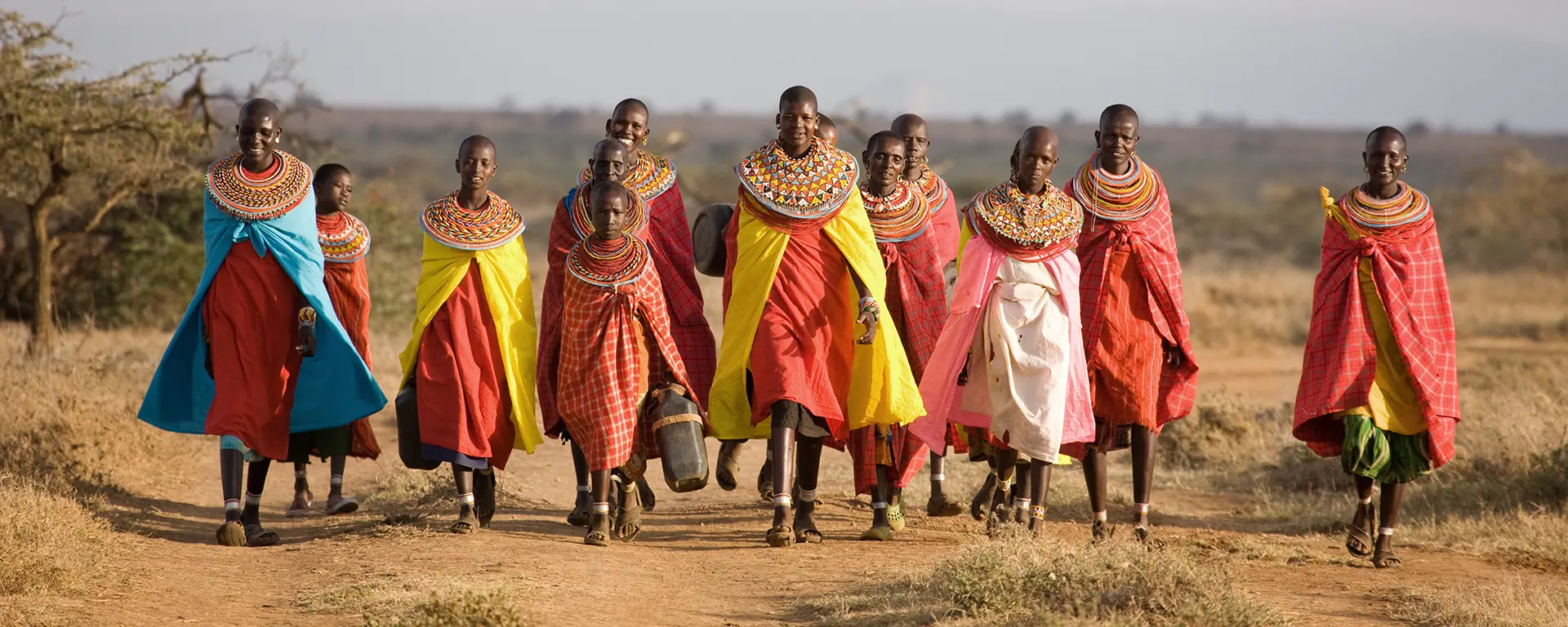
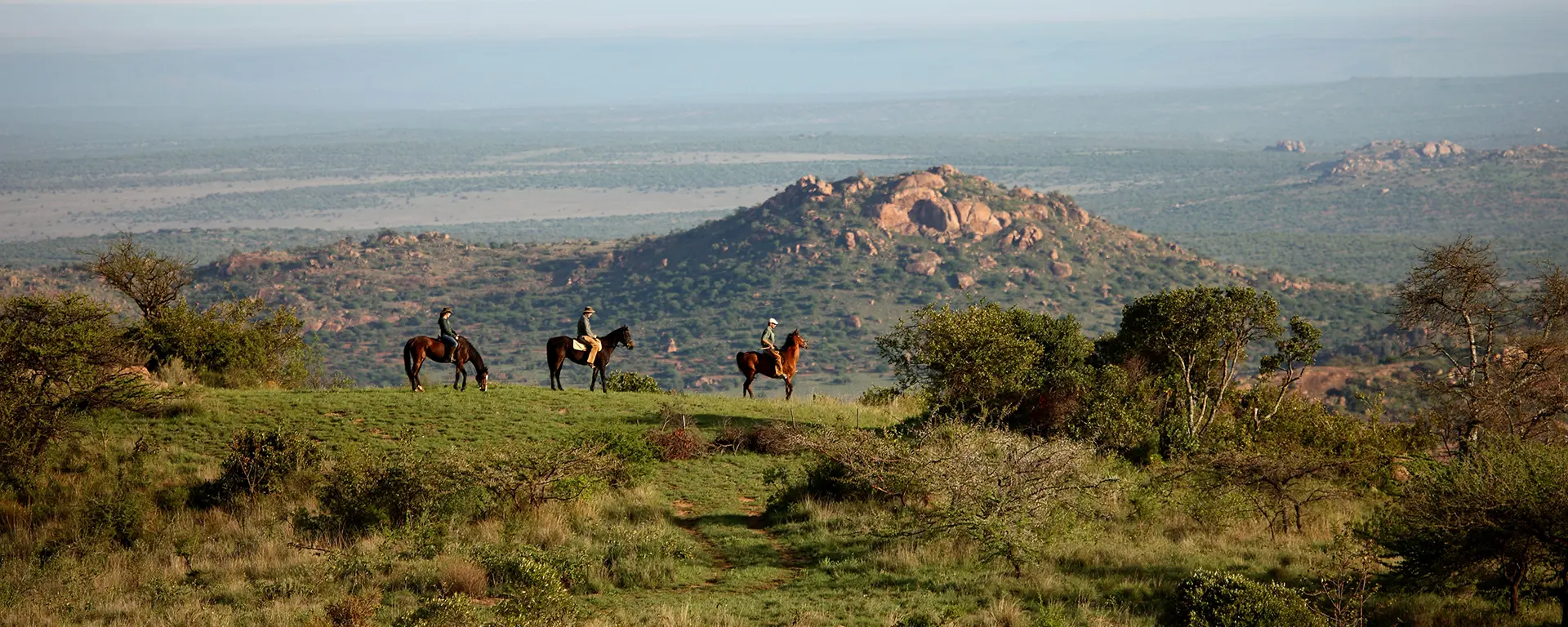
Laikipia is probably best left to slightly more experienced safari-goers. Once you have had your fill of Amboseli and the Masai Mara – both of which have more visitors, more cars and perhaps more easily spotted game – then venture further afield and discover Laikipia. The species are different, the northern landscape a little more challenging (but thus more rewarding) and Lewa is hands down one of the best places to see rhinos in Kenya.
That being said, first-timers will not be disappointed. The guiding is excellent and you get a great sense of ‘authentic Africa’ here. Photographers and birders will have a proverbial field day.
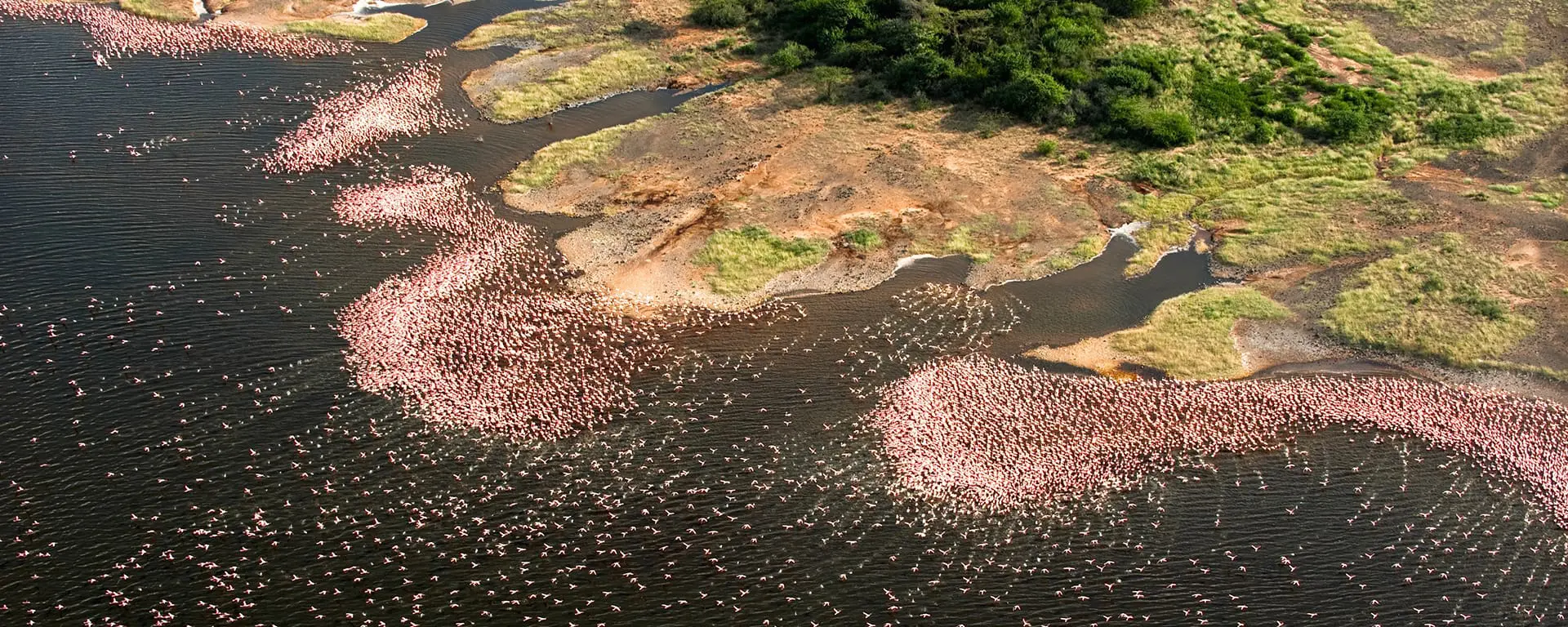
There are direct flights with a light aircraft from Wilson Airport in Nairobi. Laikipia is often combined with other safari areas like the Mara – if this is the case in your itinerary, you will have to fly back to Wilson from the Mara in order to fly to Laikipia as there are no Mara-Laikipia flights. Depending on departure times, you may have to spend a night in Nairobi, which is no hardship as the city is increasingly packed with upscale hotels and excellent restaurants (you can download our complimentary guide to Nairobi with hints on where to dine and shop from Go2Africa’s own Safari Experts who’ve spent time in the city).
